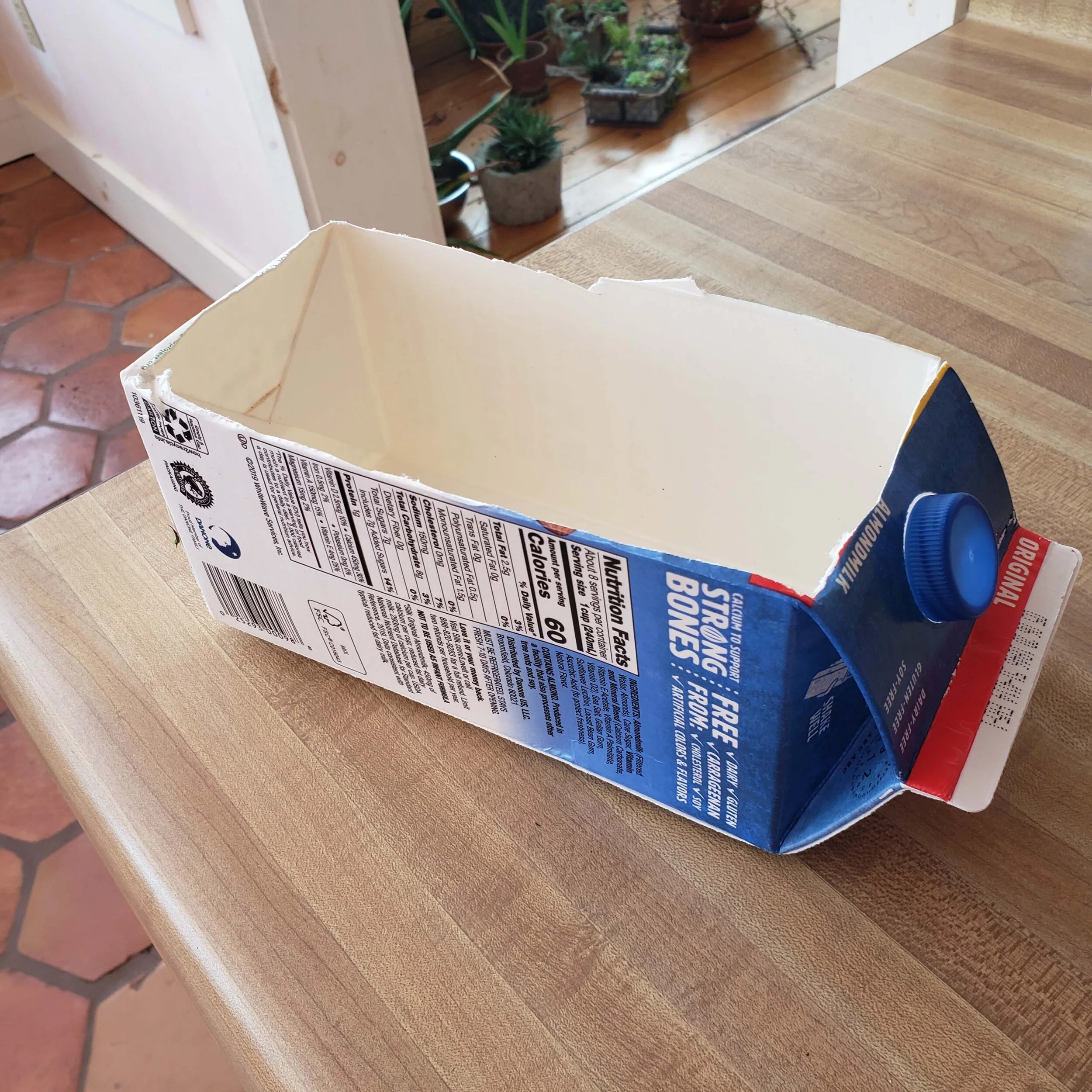Sorting the Seeds and Cleaning Containers
It’s time. OK, perhaps a tad early, but I am planning for the potential of an early end-of-frost date this year. Traditionally around here that date has been around Memorial Day. If it is early this year, I will be prepared. I will also be careful, and have a back-up plan. This means successional seed plantings, preparation to cover the crop in case of a late-spring frost, and amassing a collection of larger containers for growing plants as they mature. One thing is for sure, you can’t go back in time so I am planting some seeds now, for growth in my south facing window with hope that by mid-May I can plant some outside or at least move them into larger containers by then.
The first step for me each year is to go into the barn and excavate my starting pots from the year before. These are generally in a state of disarray, piled up in haste the June before. June is a crazy month for my normal business activities so I do what I can to just get the trays to the same place in the barn each year, in the least.
These pots need to be disinfected before use to kill off any lingering pathogens. First I manually clean the pots for soil and debris. Then I fill my tub with a solution of 2 tablespoons bleach to one gallon water (600 ppm) and submerse each pot for 10 minutes or so. I then let them dry completely.
Some people haven’t saved pots from the year before. Fear not. Your recycling bucket probably has a lot of what you need. I search for those plastic lettuce containers with a lid, large yogurt bins, and even old milk or juice cartons. Punch holes in the bottom to let out excess water. The fastest way to kill a plant, remember, is to drown it!
The second part of this early organization is to sort through the seeds. I have a bit of a collection from years’ past. (If you need seeds, click here for more information.) I generally sort my seeds into several categories, depending on how they are planted in the garden.
Category One: Lettuces, spinach, cabbage, arugula, kale, and other leafy greens
Category Two: Cold season plants for direct sow like carrots, beets, radishes, peas, broccoli, cauliflower, rutabagas, and turnips
Category Three: warm season plants to start indoors: tomatoes, peppers, eggplant, Brussel sprouts
Category Four: warm season plants to direct sow outdoors: squash, beans, corn
Category Five: flowers (for indoor starts and direct sow)
During this seed sorting phase, I try to get other materials ready. They include soil (we’ll talk about this later), markers (I use Popsicle sticks), a sunny window sill, and watering supplies.
Need seeds? Here is another blog that provides sources and helps you make decisions about what types of seeds to buy,








